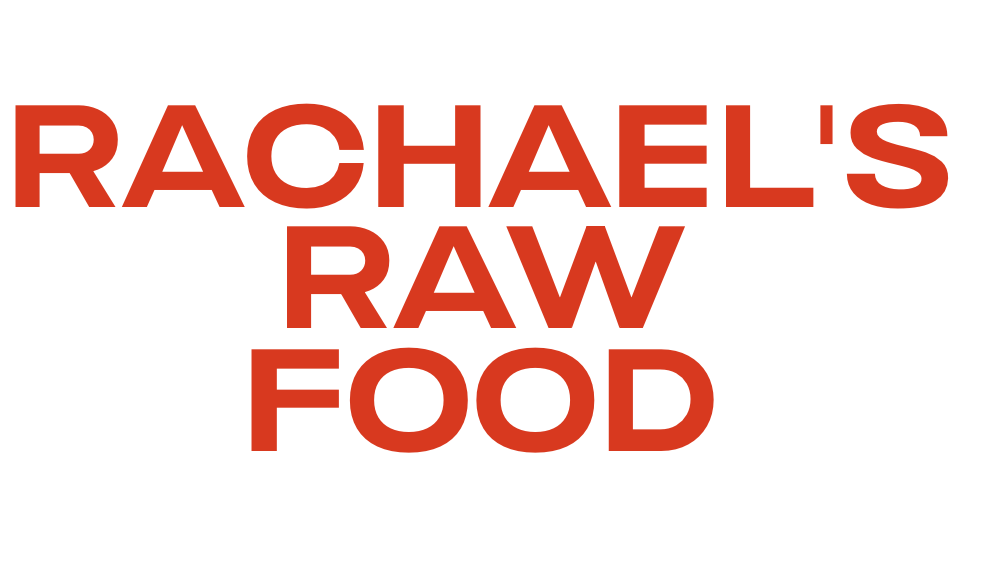To adapt your raw food lifestyle for each season, embrace seasonal produce by enjoying fresh summer berries, greens, and tomatoes, then switch to preserved or frozen foods in winter, like berries or greens. Use preservation techniques such as fermenting, drying, or freezing to extend flavor and nutrients year-round. Your shopping shifts from farmers’ markets in summer to relying on stored or preserved options in winter. Keep exploring ways to stay vibrant and nourishing throughout the seasons.
Key Takeaways
- Summer offers fresh, local produce ideal for raw salads, smoothies, and fruit bowls, while winter relies on preserved or frozen foods.
- Preservation techniques like freezing and fermenting extend summer’s bounty into colder months, ensuring year-round raw options.
- Adjust shopping strategies seasonally: favor farmers’ markets in summer and stored or preserved foods in winter.
- Seasonal shifts require adapting recipes and presentation to highlight preserved foods’ freshness and appeal.
- Embracing seasonal changes supports sustainability, nutrient intake, and a vibrant raw diet throughout the year.

Eating raw foods can be a revitalizing way to nourish your body, but the approach varies markedly between winter and summer. During warmer months, you have the advantage of abundant local produce, which makes it easy to enjoy fresh, raw fruits and vegetables at their peak flavor. Summer’s bounty—berries, tomatoes, cucumbers, leafy greens—offers a vibrant, nutrient-dense palette that naturally supports raw eating. When you incorporate these seasonal foods, you’re not only optimizing taste and nutrition but also reducing your environmental footprint by sourcing locally. This connection to local produce also encourages food preservation techniques, such as fermenting or drying, which help extend the season’s freshness and flavor. Preserving summer’s harvest allows you to enjoy raw foods even in the colder months, maintaining your health and culinary variety year-round.
In contrast, winter presents a different set of challenges and opportunities. Fresh, raw produce becomes less plentiful and often more expensive, which can tempt you to rely on stored or preserved foods. Food preservation techniques like freezing, pickling, and drying become essential tools in your seasonal eating strategy. These methods allow you to stockpile local produce during the harvest and enjoy raw, nutrient-rich options when fresh options are scarce. For example, freezing berries or greens at their peak preserves their vitamins and flavor, while fermenting vegetables creates probiotic-rich foods perfect for winter consumption. By embracing food preservation, you’re not only reducing waste but also ensuring that your raw diet remains diverse and satisfying throughout the colder months. Additionally, understanding the importance of contrast ratio in food presentation can enhance the visual appeal of your preserved dishes, making them more enticing.
Adapting your lifestyle to these seasonal shifts means paying attention to what’s available and making conscious choices. In summer, focus on shopping at farmers’ markets, selecting the freshest local produce, and experimenting with raw salads, smoothies, and fruit bowls. In winter, turn to your preserved foods, exploring recipes that highlight fermented vegetables or frozen fruits. This approach helps you stay aligned with the seasons, emphasizing freshness and sustainability. It also deepens your connection to local growers and the natural cycles of food production, fostering a more mindful, eco-friendly way of living. Whether you’re savoring the fleeting freshness of summer or enjoying the hearty richness of winter preserves, your commitment to seasonal eating and food preservation keeps your raw diet vibrant, nourishing, and sustainable year-round.
Frequently Asked Questions
How Do I Prevent Nutrient Loss When Eating Raw in Winter?
To prevent nutrient loss when eating raw in winter, focus on seasonal preservation techniques like storing produce properly and consuming foods promptly. Keep fruits and vegetables in airtight containers or cool, dark places to enhance nutrient retention. Incorporate lightly steaming or soaking if necessary, and choose fresh, local items to maximize nutrient content. By doing so, you support nutrient retention and enjoy the benefits of seasonal eating year-round.
Can Raw Eating Help Boost Immunity During Cold Months?
Ever wondered if raw eating can boost your immunity during cold months? It can, by providing immune support with fresh, nutrient-dense foods. Seasonal adaptations are key—eating raw in winter might require more warming herbs and root vegetables, but it still helps maintain your essential nutrients. By incorporating seasonal raw foods, you support your body’s defenses naturally, making you better prepared to face winter’s challenges.
What Are the Best Winter-Friendly Raw Foods to Include?
You should include winter-friendly raw foods that keep you energized and support immunity. Focus on seasonal produce like root vegetables, hardy greens, and citrus fruits, which are rich in vitamins. Blend them into warming winter smoothies for quick, nourishing boosts. These foods help you stay healthy, even in cold months, by providing essential nutrients naturally, making raw eating both practical and beneficial during winter.
How Do I Stay Energized With Raw Foods in Winter?
When it’s winter, you might feel like you’re fighting an uphill battle staying energized with raw foods. To keep your spirits high, focus on seasonal hydration with warm herbal teas and incorporate hearty, raw winter-friendly ingredients into your meal prep. Smoothies with warming spices, nuts, and seeds boost your energy, while staying consistent helps your body adapt. Remember, a little effort now pays off in maintaining your vibrancy all season long.
Are There Specific Safety Tips for Raw Eating in Cold Weather?
When it comes to raw eating in cold weather, prioritize winter food safety and cold weather precautions. Keep your produce properly washed and refrigerated, and avoid leaving raw foods at room temperature for too long. Use insulated containers for transport and storage, and consume raw foods promptly to prevent spoilage. By following these tips, you can enjoy raw foods safely and stay healthy during winter.
Conclusion
So, whether you’re munching on crisp salads in summer or savoring hearty, raw winter treats, remember to adapt with the seasons. Don’t be a lost soul in the winter like a stranded sailor in the Age of Exploration—embrace local, seasonal foods that nourish your body and soul. By staying flexible and mindful, you can enjoy vibrant, raw living year-round, just like the wise explorers of old who knew when to adapt to their environment.










